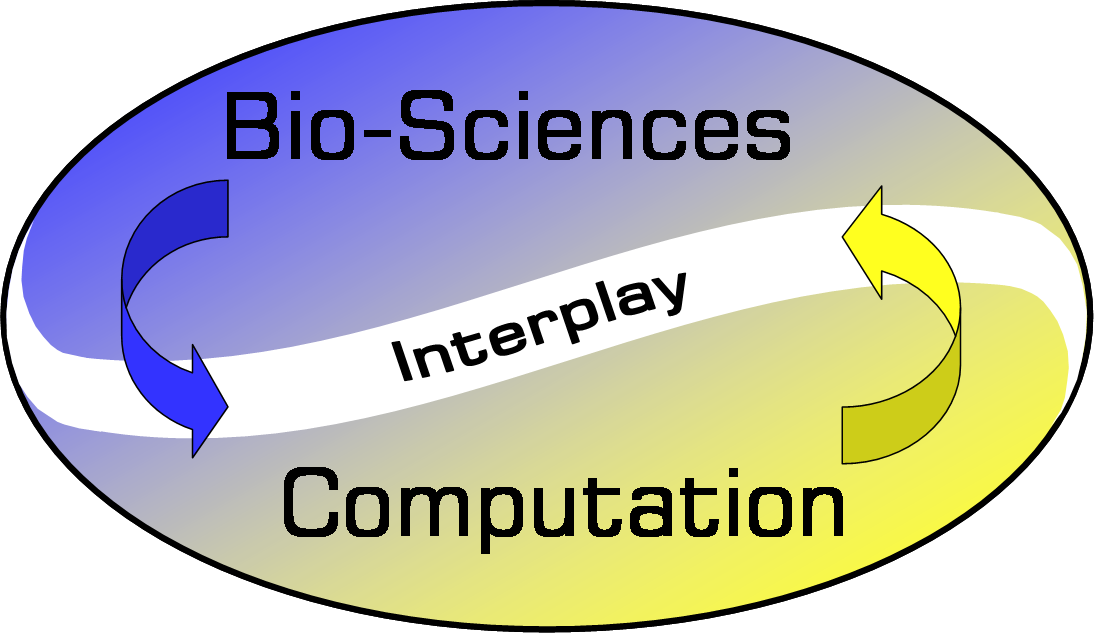 International
Work-conference on the
Interplay between Natural and Artificial Computation
International
Work-conference on the
Interplay between Natural and Artificial Computation
 International
Work-conference on the
Interplay between Natural and Artificial Computation
International
Work-conference on the
Interplay between Natural and Artificial Computation
During the 20th century, biology has become a
pilot science, so that many disciplines have formulated their theories under
models taken from biology. Computer science has become almost a bio-inspired
field thanks to the great development of natural computing and DNA computing.
From linguistics, several attempts of establishing structural parallelism
between DNA sequences and verbal language have been performed. In general, it
can be stated that the processing of natural language can take great advantage
of the structural and “semantic” similarities between those codes. Natural
language processing could become another “bio-inspired” science, by means of
theoretical computer science, that provides the theoretical tools and
formalizations which are necessary for approaching such exchange of
methodology. It is clear that interdisciplinarity must be an essential trait of
the research on language. Languages,
either natural or artificial, are particular cases of symbol systems. And the
manipulation of symbols is the stem of formal language theory. Linguistics,
biology and computer science collaborate through the framework of formal
language theory to give rise to the emergence of new scientific models that
provide new ideas, tools and formalisms that can improve the description,
analysis and processing of natural or artificial languages.
This special session aims to bring together
researchers from the areas of bio-inspired theoretical computer science, bio-inspired theoretical linguistics and any
related area that has as a goal the processing of languages (natural or
artificial) from a bio-molecular
perspective.
Topics include (but are not limited to):
·
Theoretical
DNA Computing
·
Cellular
Models of Computing
·
Membrane
Systems
·
NEPs-Networks
of Evolutionary Processors
·
Natural
Language Applications of Bio-Inspired Models of Computation
·
Tools
for Processing DNA and Natural Language Strings
·
Analogies
between the Genetic Code and Natural
Language